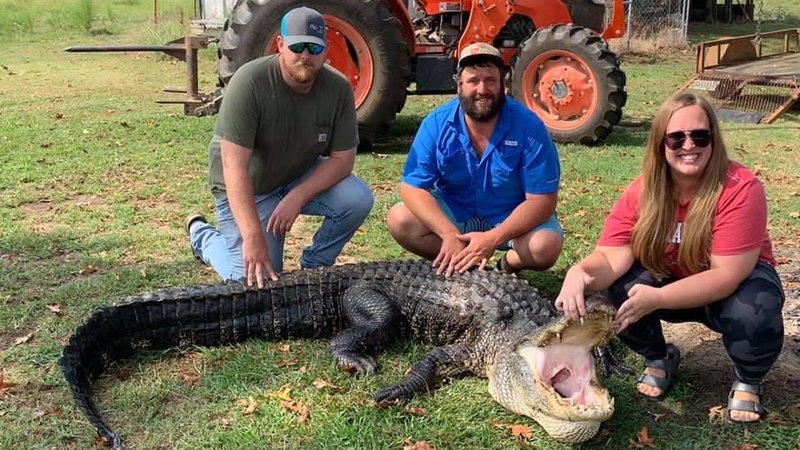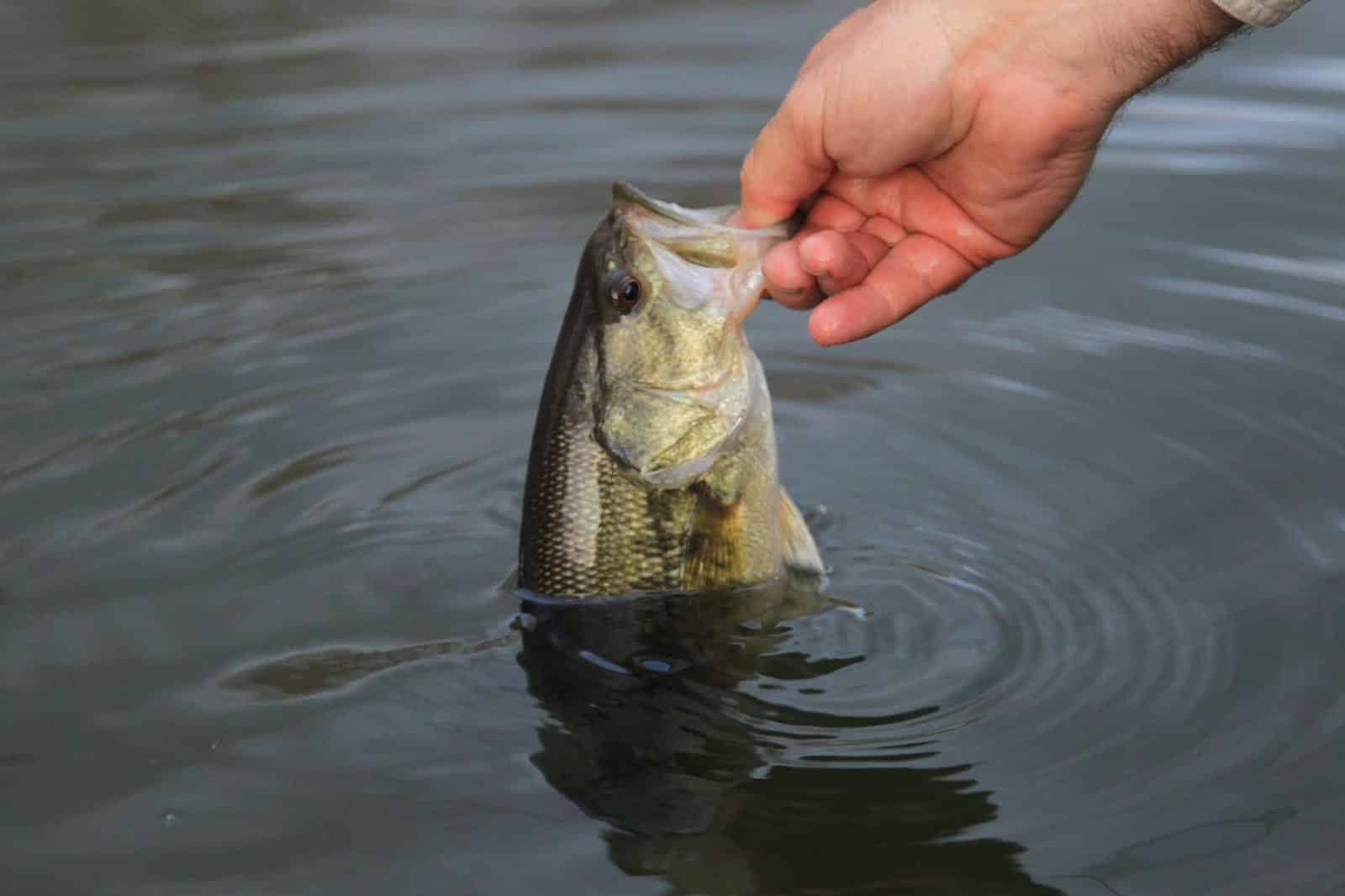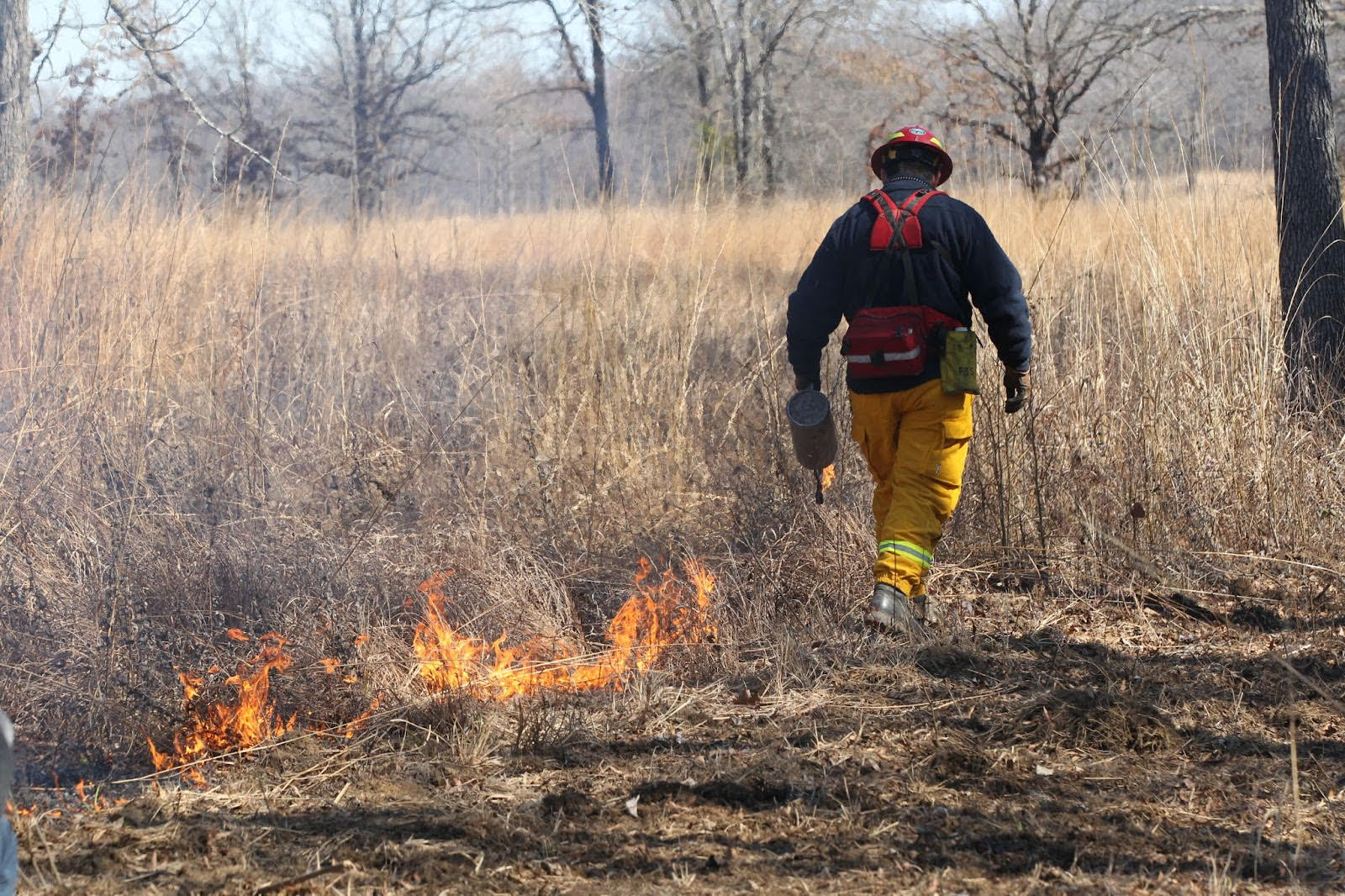Arkansas alligator season ends with 161 successful hunters
ON 09-29-2021

Sept. 29, 2021
Randy Zellers
Assistant Chief of Communications
MONTICELLO — The 15th annual Arkansas alligator season came to a close early Monday morning with a nearly full ticket. Hunters harvested 161 alligators during this year’s two-weekend season.
The harvest falls short of last year’s 174-alligator record, but that was primarily by design. This year’s quota on private land was reduced to continue managing the alligator population with an eye on conserving the species as well as controlling nuisance issues and providing hunting opportunities.
Mark Barbee, AGFC wildlife assistant regional supervisor in southeast Arkansas who coordinates the alligator hunts, said the hunt went very smoothly, and for hunters in the private land zones, it went very quickly.
“This was the second year of the new private land quota system, and it was the second time in a row that the private land zones reached their quota by the end of the opening weekend,” Barbee said. “I imagine quite a few of the gators taken on private land are landowners wanting to remove an alligator for nuisance purposes, so they’re ready that first weekend and have the animal pretty well patterned by the time the hunt begins.”
Public land zones did see a few tags go unfilled by the end of the hunt, but Barbee says nearly everyone he’s talked to had good opportunities for an alligator.
“Some people in the public land hunts hold out a little for a bigger gator,” Barbee said. “With only two weekends to seal the deal, some of those hunters don’t find a gator they want to take or wait too late to go back and get one of the smaller alligators.”
Barbee said one hunter unfortunately was not able to take advantage of his harvested alligator.
“We had one incident where a hunter harpooned an alligator, but it submerged and hung up underneath a bunch of logs and limbs,” Barbee said. “The hunter thought he had lost it, but it floated to the surface a couple of days later. They were able to recover the head for taxidermy and check the gator, but the meat and skin had already begun to decompose. I really appreciate them calling and checking the animal even if they didn’t get to use it. It’s a great example of the sportsmanship and ethics we see in our hunters here in Arkansas.”
The harvest by zone was as follows:
Alligator Zone 1
Public Land — 5
Private Land — 62
Alligator Zone 2
Private Land — 5
Alligator Zone 3
Public Land — 10
Private Land — 79
In 1973 the American alligator was listed as a federally endangered species, but thanks to the efforts of biologists in many states, healthy populations now exist in many Southeastern states. The AGFC was involved in the reintroduction of alligators in southern Arkansas from 1972 to 1984, relocating more than 2,800 alligators to repopulate wetland areas along the Arkansas River and Red River in the southern corners of the state.
Modern-day alligator hunting began in 2007 under the guidance of the U.S. Fish and Wildlife Service to maintain alligator populations at healthy levels and offer additional hunting opportunities to Arkansas sportsmen and sportswomen. During that first season, 32 permits were issued to hunt, and 21 alligators were harvested.
Visit www.agfc.com/alligator for more information on alligators and alligator hunting in Arkansas.
Recent News

Summer heat means more catch and keep
Jul. 3, 2025
Subscribe to Our Weekly Newsletter E-mails
Don’t miss another issue. Sign up now to receive the AGFC Wildlife Weekly Newsletter in your mailbox every Wednesday afternoon (Waterfowl Reports are published weekly during waterfowl season and periodically outside the season). Fishing Reports arrive on Thursdays. Fill in the following fields and hit submit. Thanks, and welcome!

